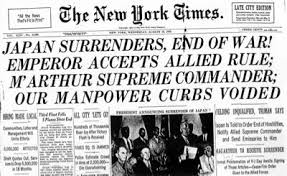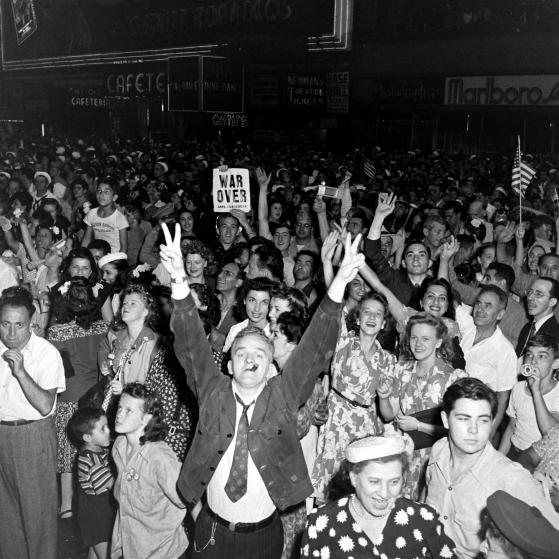 They came using wheelchairs, walkers, canes, or gratefully, walking with pride. The group of heroes that gathered last week in Seattle for the reunion of the Survivors of the Battle of the Bulge all sat in the warmth of friendship and memories, with their thoughts drifting to those who served beside them, fell on the field of battle, and helped them along the way.
They came using wheelchairs, walkers, canes, or gratefully, walking with pride. The group of heroes that gathered last week in Seattle for the reunion of the Survivors of the Battle of the Bulge all sat in the warmth of friendship and memories, with their thoughts drifting to those who served beside them, fell on the field of battle, and helped them along the way.
The fought in Belgium, Remagen, Bastogne and beyond as they worked their way across Europe.

Vince wore his famous Geronimo insignia symbolizing the 101st paratroopers division that dropped from the sky not only on D-Day, but also the Battle of the Bulge.
Here are just a few of their experiences during that horrific battle.
“The army gave us these boots that had separate liners. The snow would go down the lines and freeze in our boots. So we threw those liners away.”
“The snow was so deep and we had to sleep in it, out in the open. When our Captain was injured they sent us this new guy. He told us to build fires to keep warm. We told him we didn’t do it that way out here in the middle of battle.”
“They gave us these long coats that went down to our boots, but as we marched the snow would freeze along the bottom and it would get so heavy. I cut mine off and made it into a trench coat.”
“There was this old castle-like building that we took over and converted into a hospital of sorts. We would take turns going inside to warm up and thaw out our feet.”
Yet another told how his troop had a memorial made for the Wereth 11, the African-American U.S. soldiers who, after surrendering, were mutilated and killed.
War is hell.
Ironically, following the reunion, I had dinner with my God-Mother who served as a nurse in Belgium and France.
“Their feet were so badly frostbitten, those men with Patton, it was awful. We had hundreds of them come through our makeshift hospital.”
If you want to really learn about WWII, attend a reunion of one of these incredible groups of men and women.
Just imagine, anyone in their 90’s today took part at some level helping a struggling United States to achieve victory in World War II. So, when an elderly person happens by, give them a big smile, a nod, a thank you, or even a kiss.






 When a book wants to be written there is no stopping the steam engine bursting with ideas and material that charges you way.
When a book wants to be written there is no stopping the steam engine bursting with ideas and material that charges you way. Trusting his judgment, I eventually picked up At Dawn We Slept, somewhat dreading the 850 pages of details within. I opened it to look for pictures–ever hopeful. What I found instead sent shivers down my spine. Instantly I recognized the paper and type as having come across the newswires from the Seattle P-I. Just reading the first sentence I knew I had something special.
Trusting his judgment, I eventually picked up At Dawn We Slept, somewhat dreading the 850 pages of details within. I opened it to look for pictures–ever hopeful. What I found instead sent shivers down my spine. Instantly I recognized the paper and type as having come across the newswires from the Seattle P-I. Just reading the first sentence I knew I had something special. That horrific bit of news I stuffed back into the fold of the book and considered if I wanted to search further. But the excitement of the hunt got the better of me. I flipped forward. My rewards brought tears to my eyes. There was a typed sheet with Cast of Characters, very helpful, but more importantly, hand written notes of my fathers as he read the book. I had struck gold and tenderly attempted to read my father’s script.
That horrific bit of news I stuffed back into the fold of the book and considered if I wanted to search further. But the excitement of the hunt got the better of me. I flipped forward. My rewards brought tears to my eyes. There was a typed sheet with Cast of Characters, very helpful, but more importantly, hand written notes of my fathers as he read the book. I had struck gold and tenderly attempted to read my father’s script.  I went to the front title page only to discover the hand-written dedication to my father by Donald Goldstein, Ph.D. Goldstein, along with Katherine V. Dillon, CWO, USAF (Ret.), helped consolidate the 3,500 pages, constituting thirty-seven years of research and work by author Gordon W. Prange, into the current book after Prang’s unfortunate death in 1980.
I went to the front title page only to discover the hand-written dedication to my father by Donald Goldstein, Ph.D. Goldstein, along with Katherine V. Dillon, CWO, USAF (Ret.), helped consolidate the 3,500 pages, constituting thirty-seven years of research and work by author Gordon W. Prange, into the current book after Prang’s unfortunate death in 1980. On Friday, August 10, 1945, Emperor Hirohito urged Japan’s War Council to submit a formal declaration of surrender through ambassadors to the Allies. Even though Japan’s war causalities had been great, most of their fleet destroyed and their people were starving, it took a second atomic bomb, dropped on Nagasaki, three days after Hiroshima, for Japan to finally make the decision to surrender. However, the surrender was not formally announced to the land of the Rising Sun until August 14, 1945. And over that four day time period, east of Okinawa, a Japanese submarine sank the U.S. landing ship, the Oak Hill, and a destroyer the Thomas F. Nickel.
On Friday, August 10, 1945, Emperor Hirohito urged Japan’s War Council to submit a formal declaration of surrender through ambassadors to the Allies. Even though Japan’s war causalities had been great, most of their fleet destroyed and their people were starving, it took a second atomic bomb, dropped on Nagasaki, three days after Hiroshima, for Japan to finally make the decision to surrender. However, the surrender was not formally announced to the land of the Rising Sun until August 14, 1945. And over that four day time period, east of Okinawa, a Japanese submarine sank the U.S. landing ship, the Oak Hill, and a destroyer the Thomas F. Nickel. However, it did not stop General Anami, the member of the War Council greatly opposed to the surrender, from committing seppuku, a warrior’s suicide ritual.
However, it did not stop General Anami, the member of the War Council greatly opposed to the surrender, from committing seppuku, a warrior’s suicide ritual. Alfred Eisenstaedt’s iconic photo for Life Magazine of a sailor kissing a nurse in New York’s Time Square captured the overwhelming sense of relief and joy of the Allied nations emerging from the turbulent years of a long and bloody war.
Alfred Eisenstaedt’s iconic photo for Life Magazine of a sailor kissing a nurse in New York’s Time Square captured the overwhelming sense of relief and joy of the Allied nations emerging from the turbulent years of a long and bloody war.